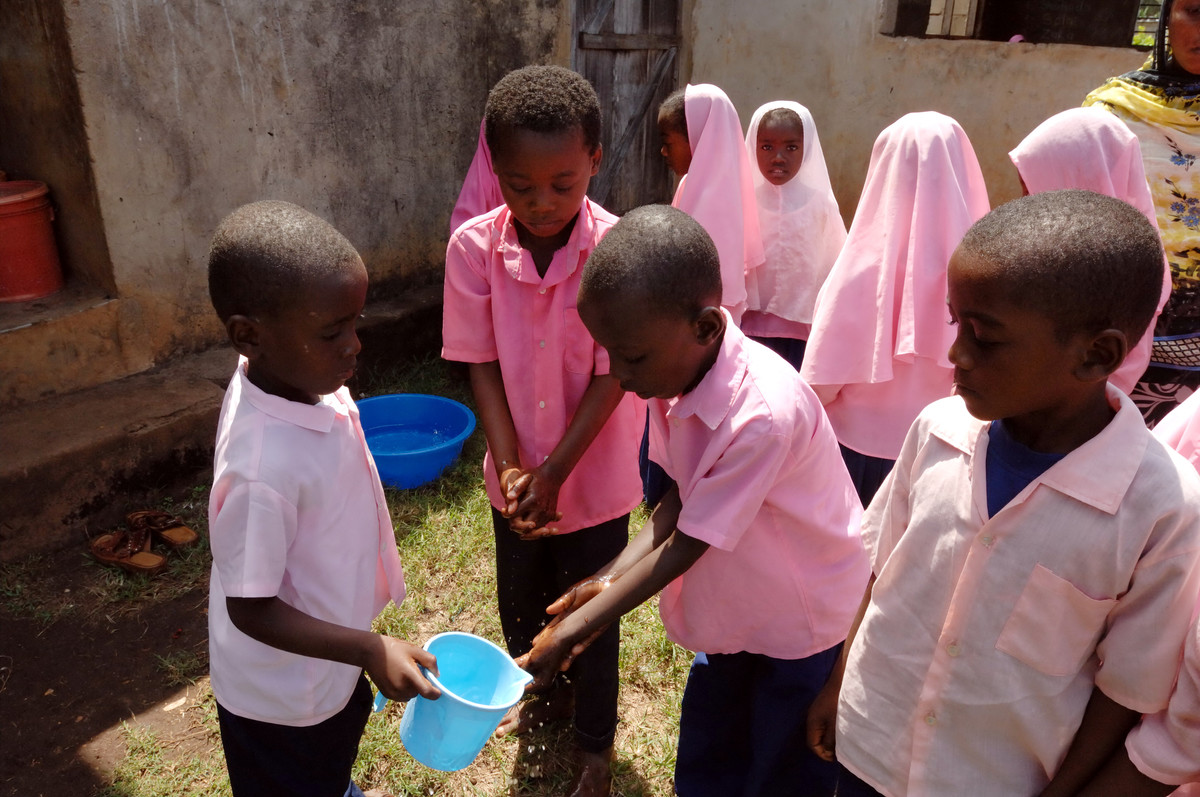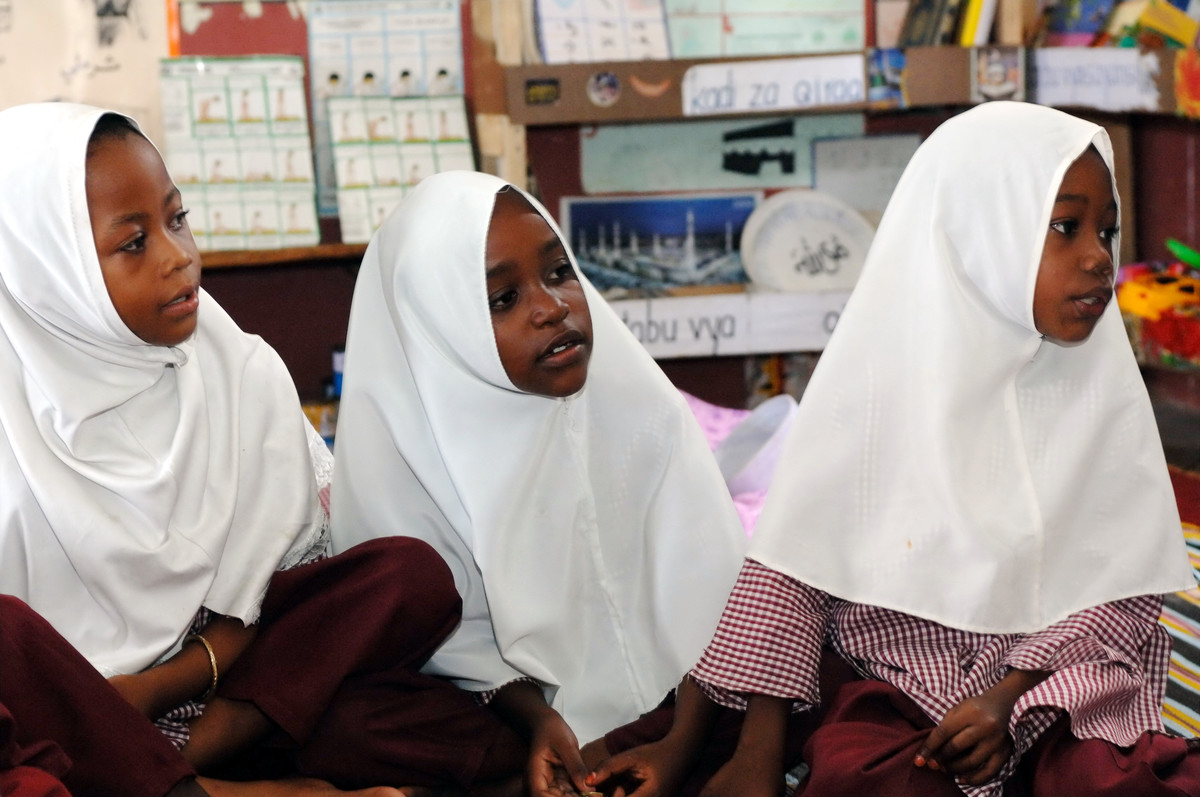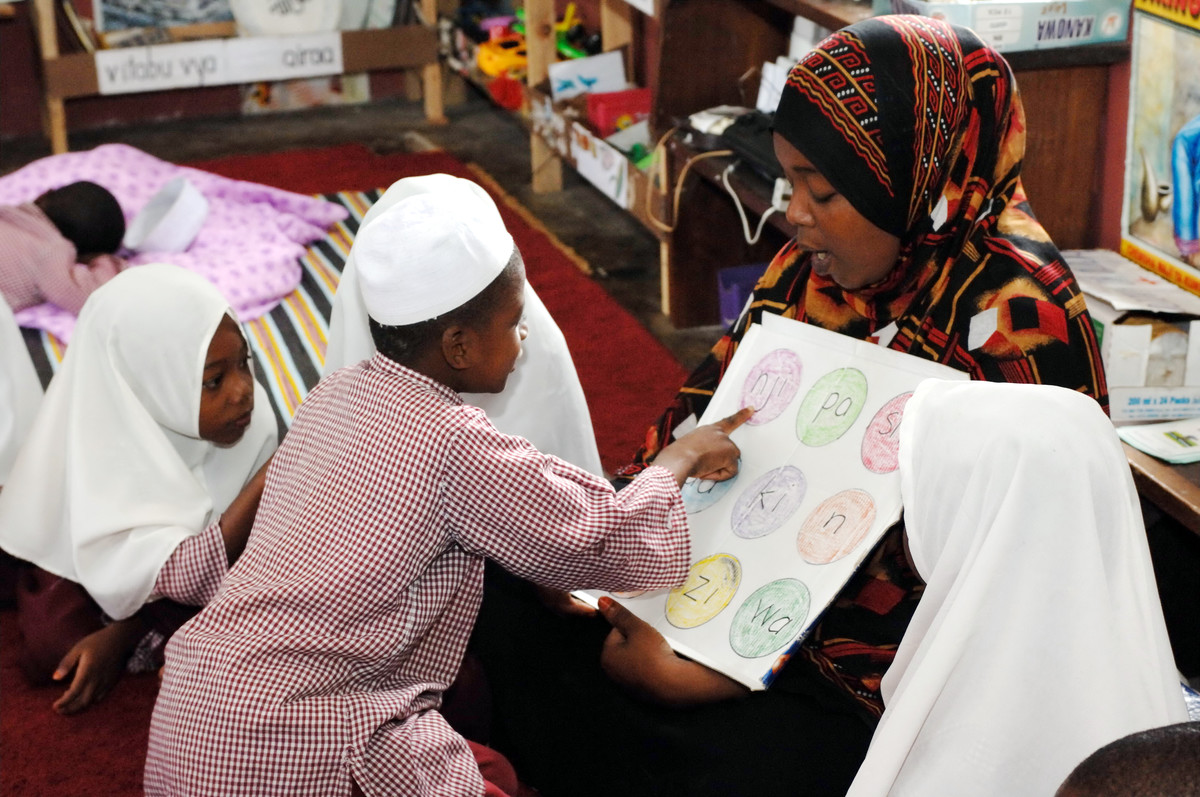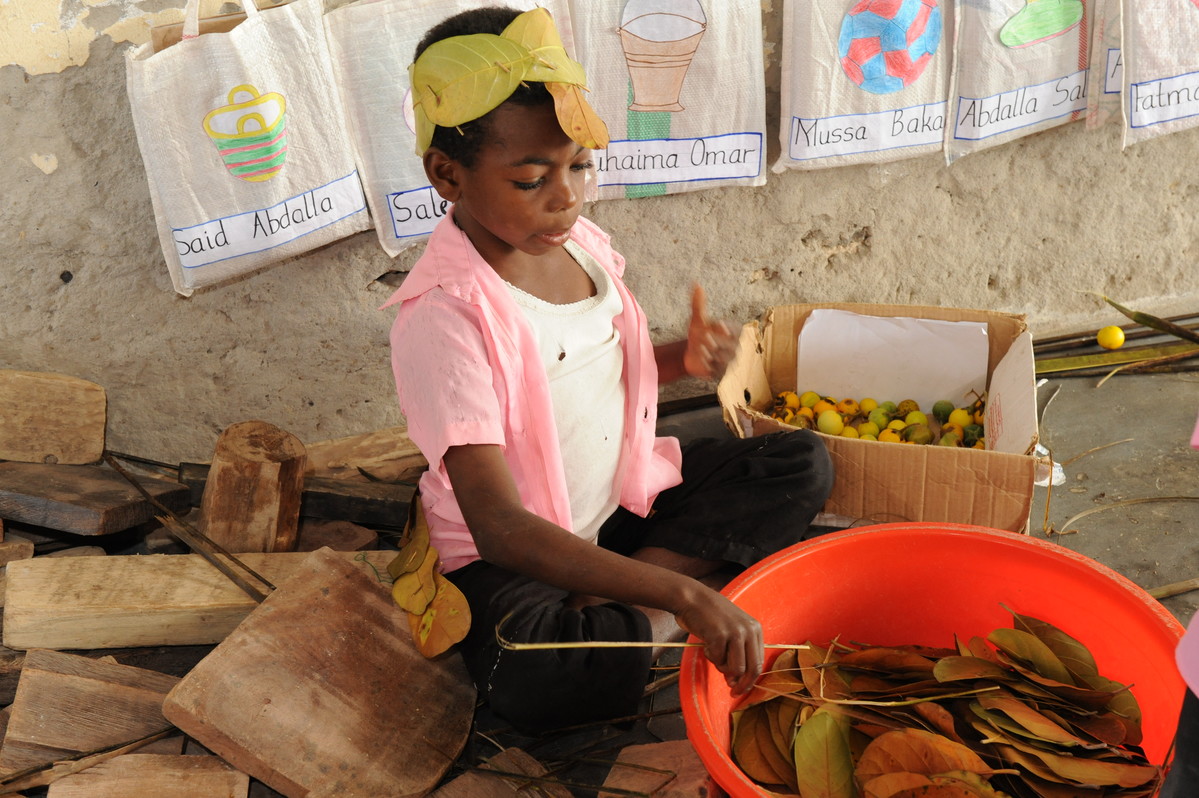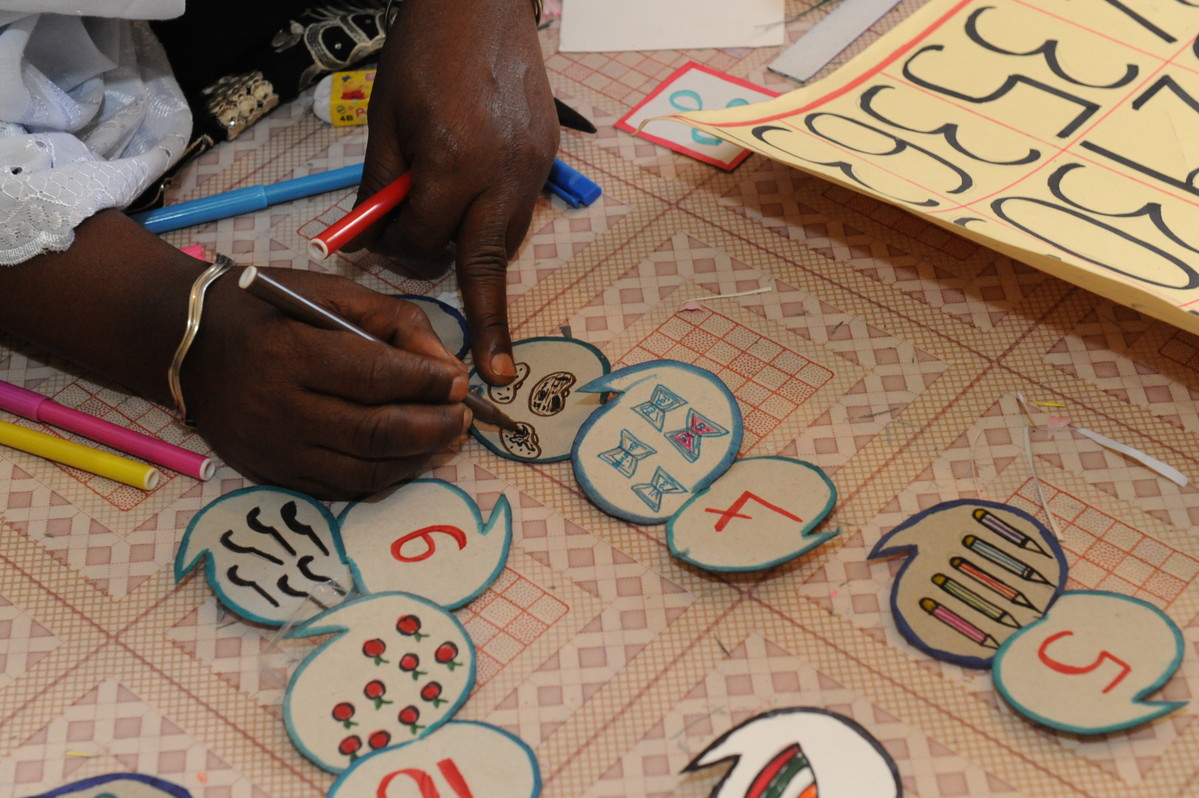Raising Awareness on COVID-19 prevention for People with Disabilities
Prior to COVID-19, MECP-Z had partnered with the NAD, the Zanzibar Federation of Disabled People Organisations (SHIJUWAZA) and a host of various government national and local bodies to implement Community-Based Inclusive Development projects aimed at airing the voices of people with disability. These projects included a campaign to engage parents in discussions about inclusive education, providing information about health services available for children with disabilities, and a teacher-training programme designed specifically for children with disabilities.
At the onset of the pandemic, there was a lack of disability inclusion in the region’s COVID-19 response. MECP-Z worked with Disabled Persons Organisations (DPOs) to interview 132 stakeholders to assess the pandemic-related barriers that people with disabilities would encounter. They reported difficulties in accessing important health messages pertaining to COVID-19 prevention, social protection measures and remote learning resources were also inaccessible to students with disabilities.
MECP-Z, in collaboration with SHIJUWAZA, developed a COVID-19 guide to help stakeholders understand the roles and responsibilities each actor has in protecting people with disability, including children, during and beyond COVID-19. The final guideline was published in the local newspaper, the Zanzibar Leo, and published into booklets that were distributed to officials in the Second Vice President office, local government authorities, the Ministry of Health and each of the 11 districts of Unguja and Pemba.
Making Remote Learning initiatives inclusive
Information about the virus was spread over the radio and on TV, but people with hearing impairments were largely left out. MECP-Z and NAD successfully advocated for commercials with general information about COVID-19 be developed with sign language so that people with hearing impairments could access basic and preventive information. Students with hearing impairments were also initially excluded from the educational TV programmes developed to help children learn while schools were closed. MECP-Z and partners worked with content producers to add sign language interpretation to a total of 187 educational TV programmes, several of which were intended specifically for pre-primary level children. An estimated 36,000 children of all ages accessed the educational televised programmes. Additionally, 25 primary and secondary school children with visual impairment were provided with braille notes of all subjects.


